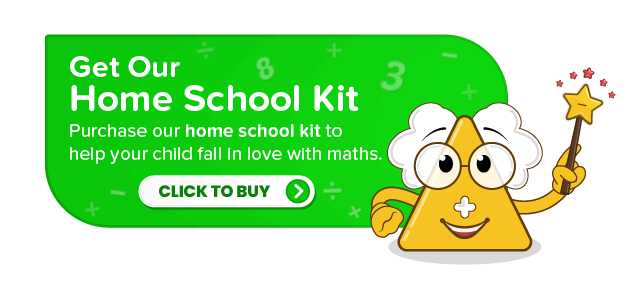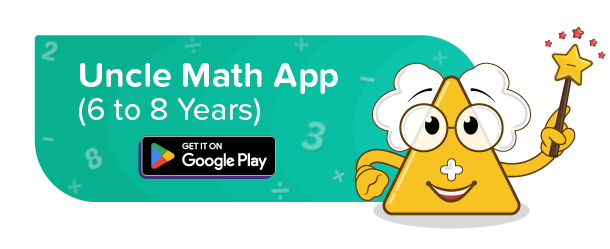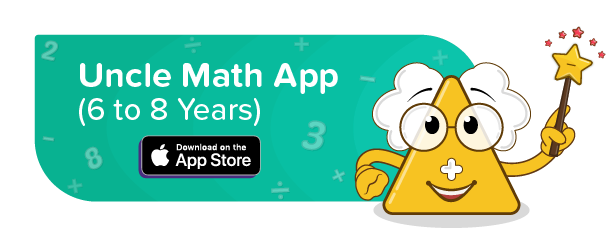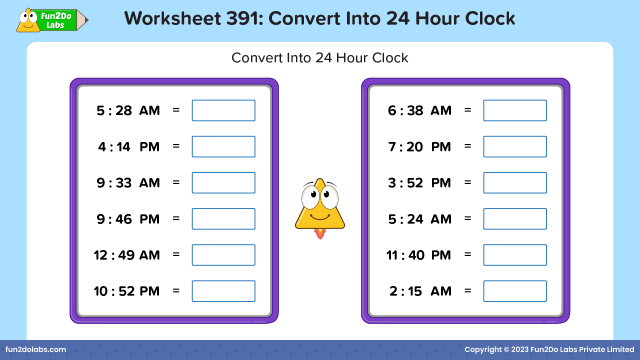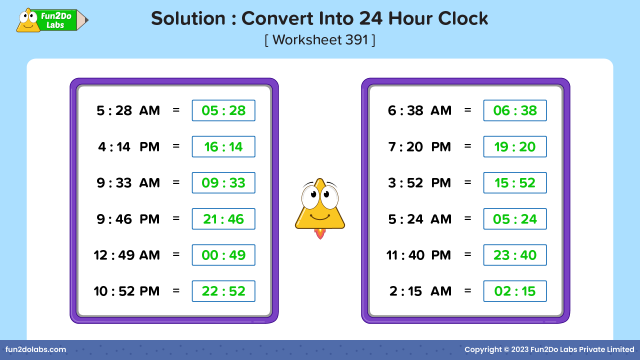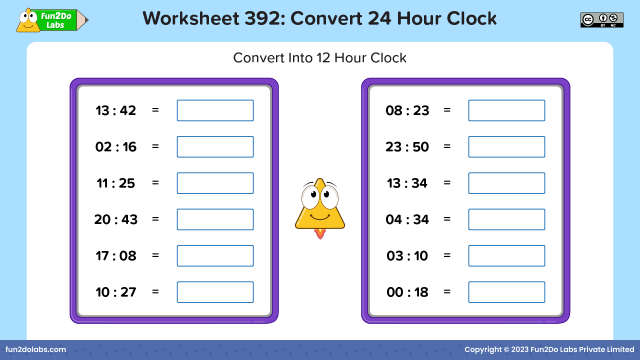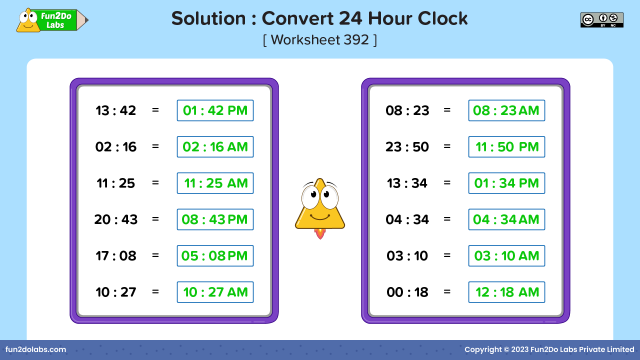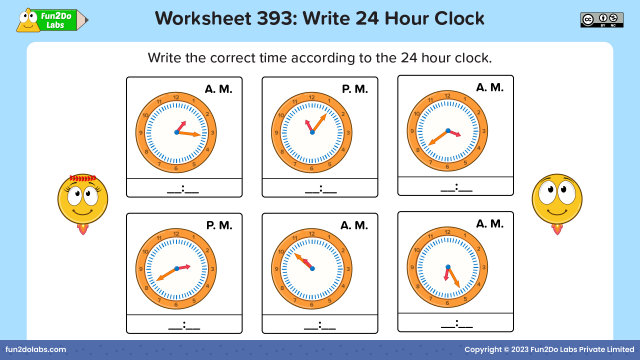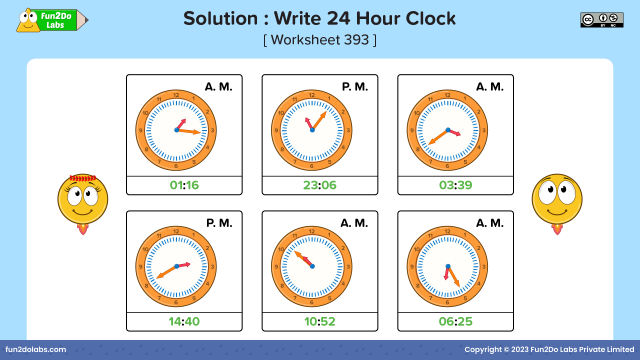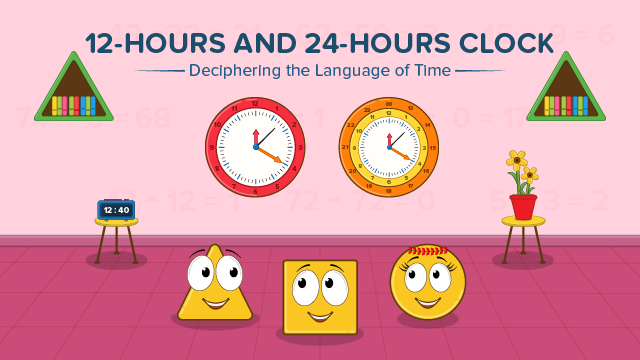
Children sometimes find it challenging to grasp the concept of time. There is a reason why it can be tricky for them. As, time repeats itself twice in a day, which can be confusing. This makes it a bit different and harder to understand. To add to the complexity, there are also two different formats of time : the 12-hour format and the 24-hour format.
In this guide, we will learn about two different ways to read and understand time, the 12-hour clock and the 24-hour clock. Time is a fascinating concept, and knowing how to read both types of clocks will help us become time experts! Let’s get started!
The 12-Hour Clock Format :
- The 12-hour clock is commonly used in everyday life. It divides the day into two parts: AM (morning and before noon) and PM (afternoon and evening). Here’s how we read the 12-hour clock:
- It uses two cycles of 12 hours in the morning (am) and afternoon (pm).
- 12 hour time can be read on analogue clocks. These are clocks with a full clock face and three hands – an hour hand, a minute hand, and one to count the seconds.
- The numbers 1 to 12 represent the hours on the clock.
- AM shows the time from midnight until just before noon.
- PM shows the time from noon until just before midnight.
Reading the 12-Hour Clock :
To read the 12-hour clock, follow these steps:
- Look at the hour hand. If it points to a number from 1 to 12, that’s the hour.
- Notice whether it’s AM or PM.
- Check the minute hand to determine the minutes. It could point to numbers like 5, 10, 15, and so on, representing the minutes past the hour.
For example :
If the hour hand is on 4, the minute hand points to 1, and it’s in the evening, the time is 4:05 PM.
The 24-Hour Clock Format :
- In the 24-hour clock format, each day runs from midnight to midnight and is divided into 24 hours.
- 24-Hour Time uses the numbers 00:00 (midnight) until 23:59 to tell the time.
- It doesn’t use AM or PM and instead covers the entire day from midnight to midnight, as the afternoon is indicated by a number bigger than 12.
- The 24-hour clock is commonly used in schedules, transportation, and other situations where accuracy and clarity are important.
- 24-Hour Time is commonly used as a format on digital clocks.
Reading the 24-Hour Clock :
To read the 24-hour clock, follow these steps :
- Look at the hour hand. It can point to numbers from 0 to 23, representing the hours of the day.
- Check the minute hand to determine the minutes, just like with the 12-hour clock.
For example :
If the hour hand is on 6 and the minute hand is on 6 in the evening, the time is 18:30 (6:30 PM in the 12-hour clock).
Conversion from 12 hours to 24-hour clock format :
Rules for converting time on a 12-hour clock to 24 hour clock format are as follows:
- If the time is before 1:00 P.M., we write the same time.
- 4:20 A.M. is expressed as 04:20 hours
- If the time is beyond 1:00 P.M., we add 12 to the number of hours.
- 6:45 P.M. is expressed as 18:45 hours (6 + 12 = 18)
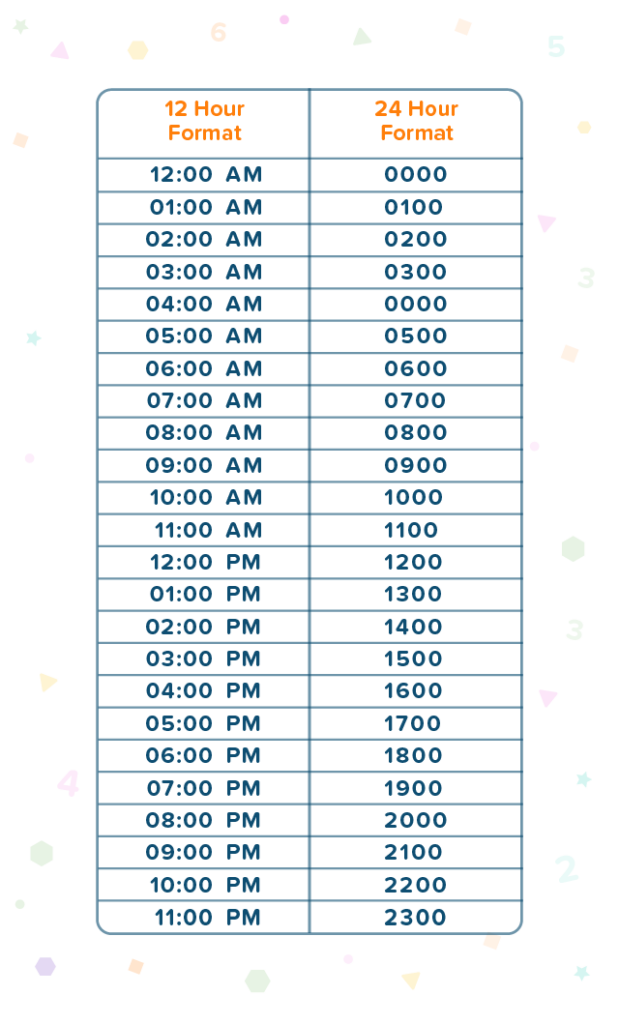
Teaching 12 hours and 24-hour clock with kid-friendly, clear, and easy-to-understand posters from Uncle Math School by Fun2Do Labs :
Ignite kids’ curiosity with engaging stories for role play and skits, making the learning of this concept an exciting and effective experience. Teaching 12 hours and 24 hours clock through stories from Uncle Math School by Fun2Do Labs :
Learning 12 hours and 24 hours clock can be made enjoyable by incorporating interactive games and activities.
Decode the time :
Interesting game to play with kids to practise more on these two types of clock formats. The game can be set up as a rapid-fire round of any quiz, where Kids will have to decode the time given from 24 hours format to 12 hours format and vice versa.
Help your kids practise the concept of 12 hours and 24 hours clock with interesting and engaging fun worksheets and solutions from Uncle Math by Fun2Do Labs.


